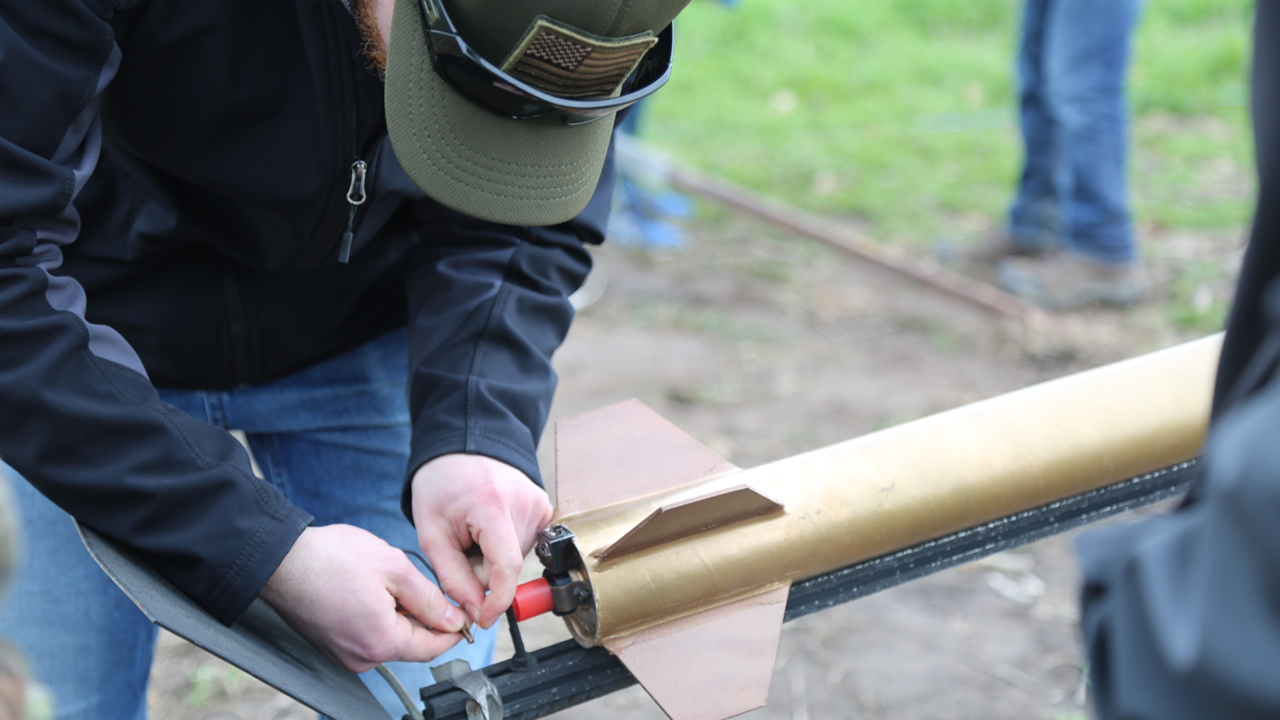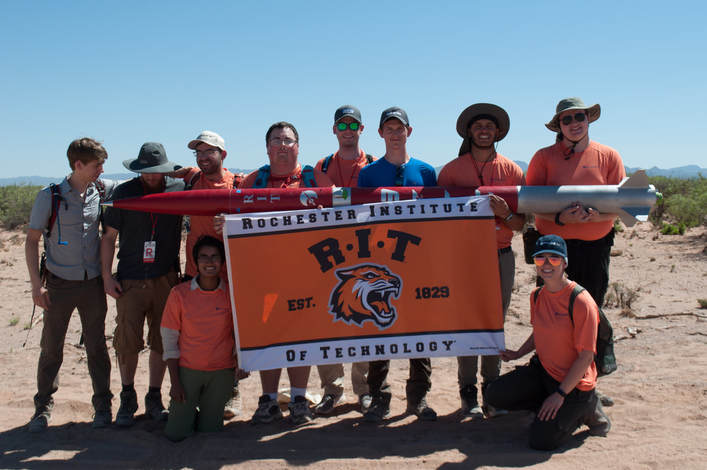Who Are We?RIT Launch Initiative is a multidisciplinary student organization that applies the principles of rocket design and manufacturing for learning and competition. We aim to prepare students for excellence in aerospace, to conduct novel research and development, and to put RIT at the forefront of collegiate rocketry and competition.
From design to launch, we are committed to providing real world engineering experience through leadership, education, and a desire to explore the unknown. |
Our Members
Our team is composed of members from a wide variety of disciplines and skill sets. Together, we create an engineering force that works to accomplish the unimaginable. Click the link below to meet our current team leadership!
Our History
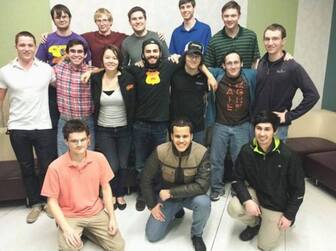
The Early Years...
The RIT Launch Initiative was founded Fall of 2014 by a group of students who shared a vision. The idea was to create a team where students who shared a passion for aerospace and rocketry could come together to learn, grow, and gain real world experience in the field of engineering.
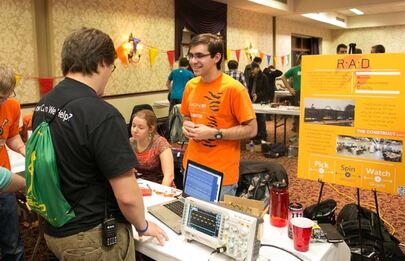
RIT Launch Initiative 2014-2015
We presented our prototype hybrid rocket motor and control avionics to over 200,000 people at ImagineRIT in 2015. As a result of our modular avionics architecture, we were awarded with the ARM Technical Merit Award. In addition to our accomplishments, we designed and fabricated the avionics boards that controlled the MIT Rocket Team’s self-guiding payload, which was launched during IREC 2015.
We presented our prototype hybrid rocket motor and control avionics to over 200,000 people at ImagineRIT in 2015. As a result of our modular avionics architecture, we were awarded with the ARM Technical Merit Award. In addition to our accomplishments, we designed and fabricated the avionics boards that controlled the MIT Rocket Team’s self-guiding payload, which was launched during IREC 2015.
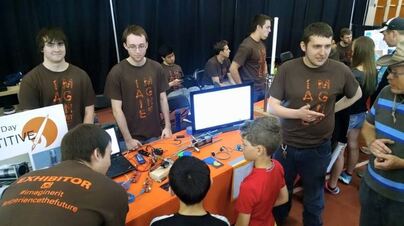
Throughout the year, we networked and built relationships with local rocketry organizations MARS and URRG, located respectively in Genesseo and Potter, NY. These two organizations assisted our team and provided us with resources and the use of their launch sites. Working with them has given us the opportunity to grow as a team and connect with experienced rocket hobbyists. To this day, we still work with both groups, and use their launch sites to test and launch our rockets.

RIT Launch Initiative 2015-2016
As the RIT Launch Initiative continued to grow, we became a chapter of the National Association of Rocketry (NAR). In the Fall of 2016, our team began the Level 1 rocket program, where members can receive L1 certifications under NAR. Simultaneously, the team began the re-design of a Level 3 rocket, Lazarus 1, a rocket capable of reaching altitudes between 9,000-13,000 feet.
Click here to learn more about Lazarus 1!
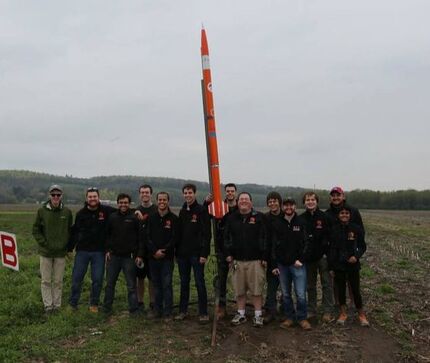
RIT Launch Initiative 2016-2017
The fall of 2016 saw the completion of the Lazarus 1 design, and by Spring of 2017, the manufacturing of the rocket was finished. Lazarus 1 was our team's first launch of a Level 3 rocket.
In the Spring of 2017, one of our members designed and manufactured a level two rocket, Hephaestus. The rocket was launched and successfully recovered in Potter, NY.
RIT Launch Initiative 2017-2018
In fall of 2017, we were recognized as a student organization by the College of Engineering at our university. We also launched the second L1 program for our new members, during which 20 L1 rockets were built.
During the fall of 2017 we began the design of next Level 3 rocket, 3rd Time's The Charm, to compete in the 2018 Intercollegiate Rocket Engineering Competition in Spaceport America, New Mexico. This was our first year competing in the competition, and we ranked among the top 10% of the 120 universities that participated. This success brought our team a lot of recognition from competition officials and other universities.
Click here to learn more about 3TTC!
Our Home, The Construct

The Construct is located on the fourth floor of Institute hall, and it is currently the home location of our team. It is a space where students and employees can come to and bring their ideas to the third dimension. The Construct has a variety of rapid prototyping facilities available for use, including 3D printers, Laser-cutters, and CNC mills, as well as work spaces for electronics, metal/woodworking, and CAD design. They also provide some essential materials for getting your project going, and free consulting from the community of student makers. If you’ve got an idea, this is place to make it real.
